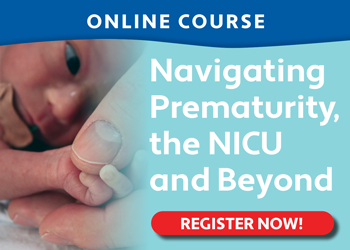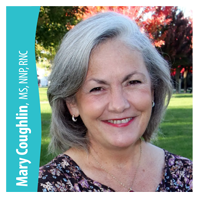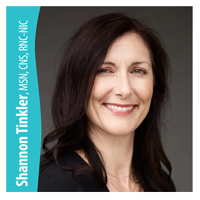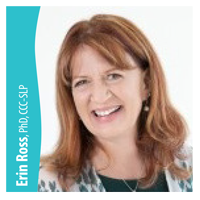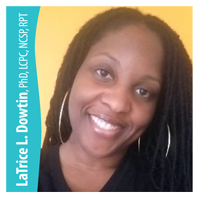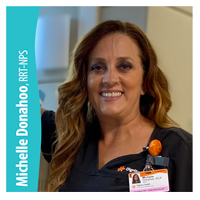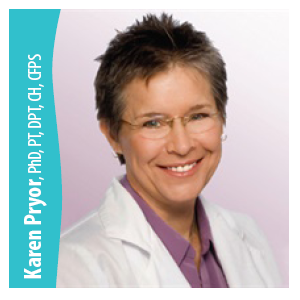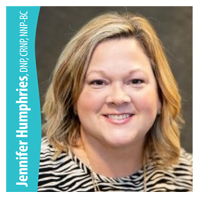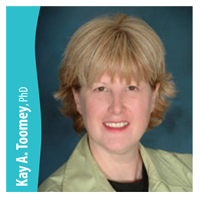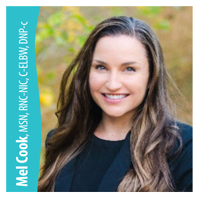Breastfeeding Latch, Suck & Positioning
What is a good latch?
- The best position is the one that works
- Studies show families want hands-on, practical help with latch and positioning
- Physiologic breastfeeding (also called Baby-Led) encourages babies and moms to follow their instincts
Steps to an effective feed
BASICS can help staff and families assess and improve latch
- B = Belly to Belly
- A = Alignment
- S = Space
- I = In Close
- C = Cheeks and Chin
- S = Sucking and Swallowing
What about babies who “fight the breast”?
- Assist with positional stability and teach the parent WHY the baby does what they do
- Maternal and infant conditions can affect latch and positioning
Babies come with a history
- The role of birth, stimulation, medications
- Gestational age
- Neurologic disorganization
Self-Efficacy
Pathways to self-efficacy
- Performance accomplishment
- Vicarious experiences
- Verbal persuasion
Distressed behavior
- Babies who have been repeatedly pushed forcefully to the breast can learn it’s a place of discomfort, not comfort
- Feed in an alternate way
- Re-establish trust
Back to the breast: Make it feel safe
- STS or not: “How do we fit together?”
- Mother keeps calm, follows infant lead
- Use your expertise only when needed
GLOW authors suggest
- On days 2-3, share info about feeding cues and latch
- Supports lactogenesis II and the making of milk
- Supply will “take off like a rocket”
Alternative Feeding Methods
- What is normal weight loss?
- Start with hand expression
- Choose a safe way to get the milk into the baby – Global Media video
- Safe use of nipple shields
- Safe use of paced bottle feeding
- Push the reset button
- Teach parents about infant states of consciousness
Medication Safety
Considerations for availability
- Molecular weight
- Lipid solubility
- Excretion of drugs including half life
- Oral bioavailability
- Timing in lactation
Translating the theory into real life
- Hale’s Lactation Risk Categories
- Antidepressants
- Cannabis
- Cigarettes
- Alcohol
- SARS-COV2 vaccines and therapies
- Hormonal contraceptives
Resources
- Infant Risk Center
- PLLR labeling
- References in print
Anatomy and Physiology Update
- 4-18 Ductal openings (previously thought 15-20)
- The ducts branch closer to the nipple – the lactiferous sinuses do not exist
- Ducts can be just below the skin surface, making them easily compressible
- Most glandular tissue is found within 30 mm (~1.2 inches) of the nipple
- Montgomery Glands are now called Areolar Glands
- Lactogenesis I (Secretory Differentiation)
- Lactogenesis II (Secretory Activation)
- Protracted nipples
- Inverted nipples (Grade 1 – 3)
- Baseline prolactin levels
- The role of insulin
- Is oxytocin always our friend?
- New research on Dysphoric Milk Ejection Reflex

